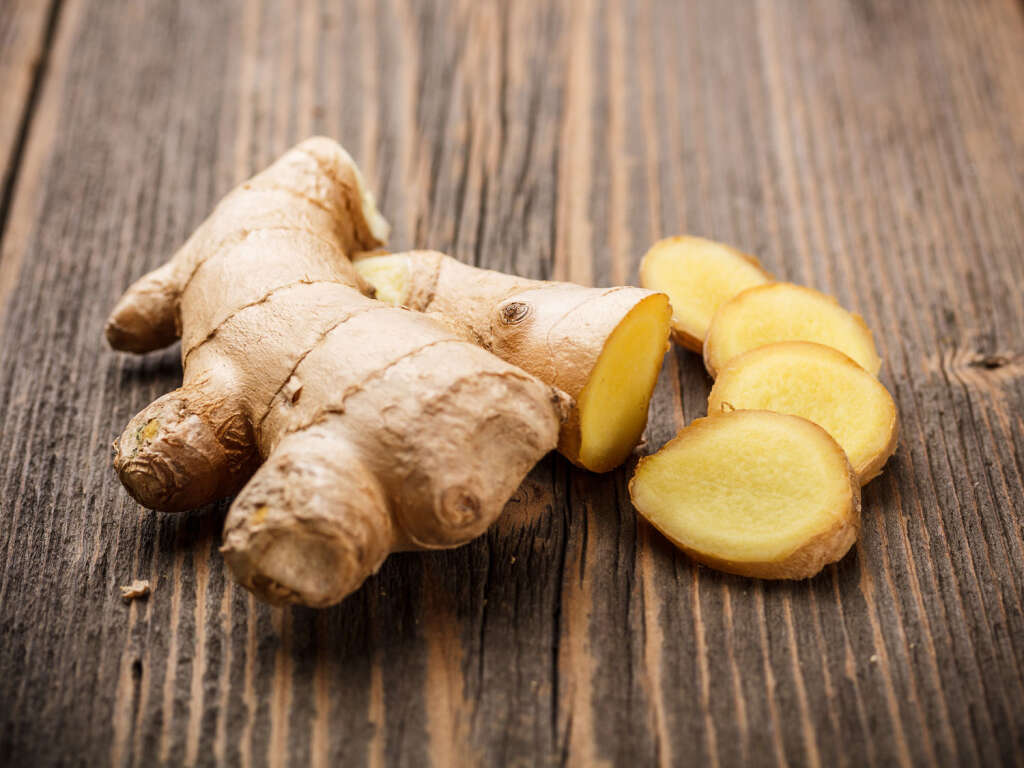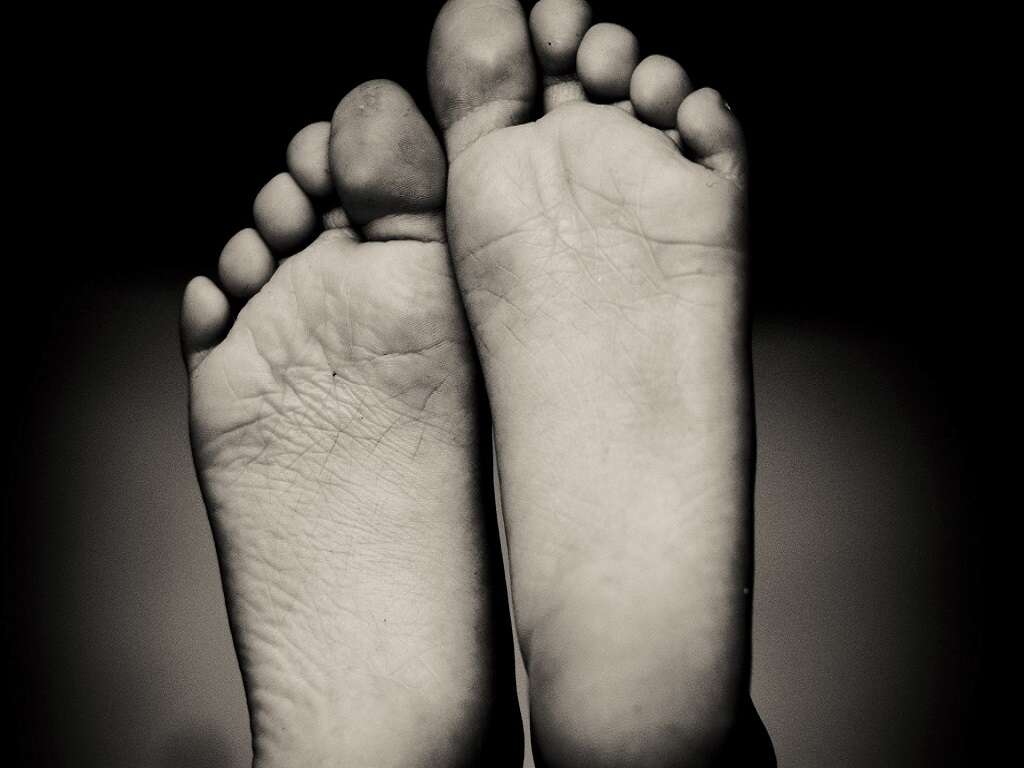10 Symptoms of a Sprained Ankle
The ankle is a joint that is often overlooked. It plays a very important role in making us as mobile as we are and without it, getting around would be a lot more difficult. It is not perfect, though, and the way it works means that it can be prone to injury under the weight of our own body. This is an injury that we know as a sprained ankle.
A sprained ankle can vary in terms of the damage caused. Usually, it is painful but will recover in a few days or so. Sometimes, though, ligaments can become completely torn, potentially resulting in permanent damage. If you have sprained your ankle and you do suspect you have caused real damage, you should arrange to speak with a medical professional as soon as you can.

Symptom #1: Pain
Pain is a very unpleasant sensation, but it is also a very important one. Without it, we might be doing ourselves serious harm and not even be aware. It is there to protect us and is often, quite literally, a life-saver. That’s little consolation for when we do feel pain, though, as it can be extremely difficult to bear.
If you sprain your ankle, you will know about it. Such an injury is very painful, made worse by the fact that it is difficult to avoid putting pressure on it. While the pain from a sprained ankle is largely unavoidable, it can be relieved to a degree with painkillers and other remedies.

Symptom #2: Throbbing
Sometimes when you have injured yourself you will experience a throbbing sensation at the site of the injury. The intensity of the pain will ebb and flow almost as if it is caused by the beating heart. It will usually be uncomfortable and can be downright unbearable.
It is understandable that this was long thought to be down to the blood flow pulsating with the heartbeat. Research shows, however, that this is probably not the case. It is thought by some that the throbbing sensation is actually generated by the central nervous system, such as in the brain, and not at the site of the injury at all.

Symptom #3: Swelling
In the case of an injury, the body will set about limiting the harm caused as much as possible. This includes sending white blood cells to the area to help prevent infections and to help with repair. This means an increased blood flow and the contents of the nearby blood cells will be allowed to seep into the surrounding tissues.
This will cause swelling and in the case of a sprained ankle, the swelling can be quite significant. The patient can find it difficult to wear shoes as a result of the swelling. The swelling will subside completely in just a few days or so.

Symptom #4: Bruising
When a physical trauma occurs, the blood vessels in the area can also be injured. This can cause them to be torn or punctured and this will allow the blood to leak out into the surrounding tissues. Not only will this contribute to swelling, it will also cause the skin to appear darker. This is what we know as bruising.
The body will quickly set about blocking the flow so that too much blood will not escape. As the injury heals, so the blood will gradually be removed from the site causing the bruise to dissipate. You can reduce the amount of bruising by immediately placing an ice-pack on the area to help the capillaries and other vessels to contract.
Symptom #5: Tenderness
After an injury, your body is going to be hard at work fixing everything. During this time, the area will still be suffering from damage until it can be repaired. The repair process might take some time to occur. A sprained ankle can be tender to the touch for days or even weeks after the injury takes place.
Touching any part of the injury site can be very painful indeed. Patients should try and keep the injured ankle out of the way to prevent it from being bumped into accidentally. If the tenderness is particularly difficult to bear then painkillers and other remedies could help relieve the symptoms.

Symptom #6: Discolored Skin
As mentioned above, the body will send white blood cells and fluids to the area and allow it to seep into the surrounding tissue. This causes swelling and it can also cause discoloration of the skin. This differs from bruising because it is not blood that has leaked from the blood vessels. Rather it is caused by proteins and fluids that have leaked from the surrounding blood vessels.
Skin discoloration in this way is not common and is a sign that you have caused significant damage internally. In instances where permanent damage might have occurred, it would be wise to seek advice from a medical professional.
Symptom #7: Warm
After an injury, there is a lot of activity going on behind the scenes to repair the damage. The body will send a lot of resources such as proteins and white blood vessels to supply the effort. Unwanted debris such as old blood and other items will also need to be removed. This results in an increase in blood supply to the area.
This additional flow of blood causes the area to get warmer than usual. The extra blood can also cause the area to become visibly redder. If you feel an intense burning sensation, though, then it could be a sign of nerve damage.
Symptom #8: Stiffness
Our ankles are very flexible joints that help us to move around with ease. Without such flexibility, movements such as walking up stairs would be far more difficult for us. We tend to take such flexibility for granted but we can soon realize how much we depend on it when something goes wrong.
If you sprain your ankle, it is likely to become far less flexible than before. Movement in any direction will become very limited even if you are able to put aside the pain. The stiffness should subside as the sprain heals, but you should see a doctor if your mobility does not fully recover.

Symptom #9: Cannot Put Foot Down
A sprained ankle can be very painful indeed. So painful that putting your weight down onto it can be unthinkable. This can make it particularly unpleasant if the patient still has to walk after causing the injury. Walking on a sprained ankle can also make the injury worse.
When you do have a sprained ankle, you should try and rest it as much as possible. Only walk anywhere if you really need to and ask family and friends to help you whenever they can. If you do need to move around, try to obtain some crutches or even a wheelchair to help you keep weight off the injury.

Symptom #10: Awkward Gait
An injury to one part of your body can often have an effect on the rest of your body. One such example is with a sprained ankle as it can cause the patient to develop an unusual gait. Limping is very likely because of the pain and the limp itself can make walking a lot more difficult than usual.
As the wound heals and the pain subsides, though, the patient should be able to walk as they usually would. If the damage has been severe enough, though, then the ability to walk freely might never fully recover. If you are having difficulty walking sometime after you have sprained an ankle, you should consider speaking with a specialist.





